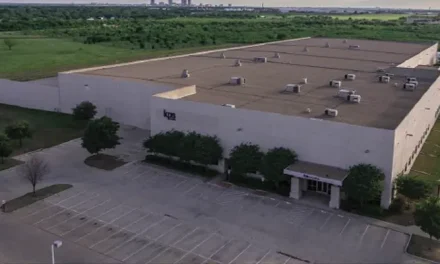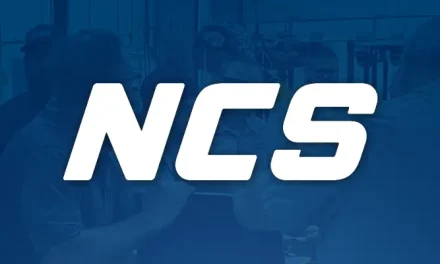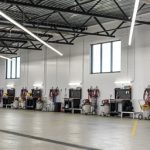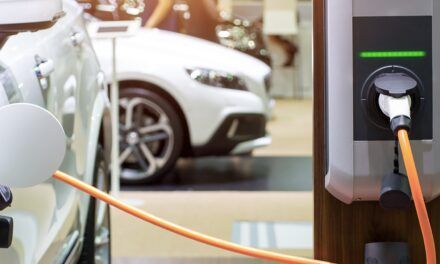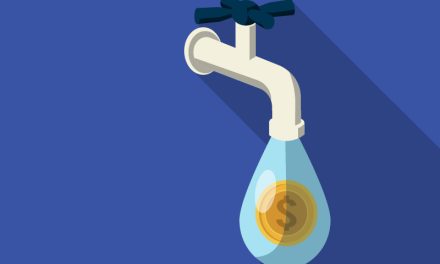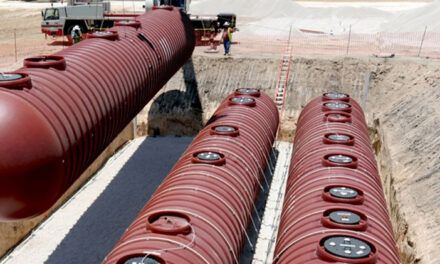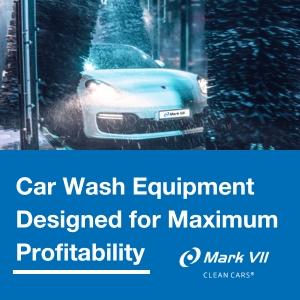
Concept of Leak Detection
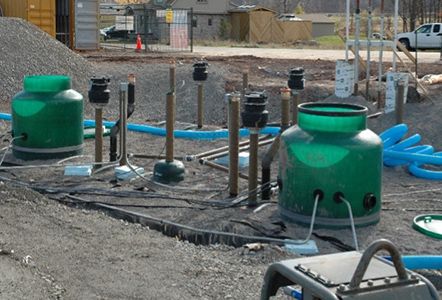
By Brent Boodoosingh
The concept of leak detection in the conventional meaning is slowly becoming a thing of the past. Over the past 20 years tank and equipment manufactures for the retail petroleum industry have developed tools and equipment to prevent and/or detect a leak when it occurs.
Tank manufacturers have developed double wall (DW) fiberglass tanks that are corrosion-resistant both on the inside and outside of the tank. They can hold all types of retail petroleum, such as ethanol-blended fuels and biodiesel and ultra-low sulfur diesel fuels. For sensitive areas, such as near aquifers, large bodies of water or environmentally hazardous areas, some tank manufactures have developed a triple wall tank system for an extra level of security. The tanks are designed in such a way that the interstitial space between the primary and secondary tanks can be constantly monitored with the proper equipment.
Piping manufacturers have evolved over the years developing better piping, piping fittings, containment sumps and entry fittings. There are three main types of piping currently being installed in North America: FRP (fiber reinforced plastic) double walled (DW) rigid piping; semi rigid or fusion welded DW piping that can be welded or fused together and Flex DW Pipe. Flex DW piping is the most used in the industry as it is easily adaptable to different situations and applications. The piping can be cut to the size required and installed using a specialized fitting with a permanent test port built in so that the interstitial space between the primary and secondary line can be tested. The Flex DW piping is usually installed within a four-inch conduit access pipe so that it can be easily replaced, if necessary, with all connections done within containment sumps that are above tanks or below the dispensers.
Tank containment sumps are securely attached to the riser collar of the tank or connected through a mounting flange that is threaded directly though the tank. The tank sump allows a contractor access to the submersed turbine pump (STP) sump and all piping connections within the sump. The tank sump will contain any spills or leaks that occur within the tank sump and any leaks for primary piping line that are connected within a tank sump. A dispenser sump is buried underground below the dispenser with the piping connections all contained within the sumps. The dispenser sumps are designed to contain any spills or leaks from the dispenser or fittings within the dispenser sumps. 
Once a tank system is installed properly all the containment sumps and interstitial spaces can be continuously monitored electronically using different technologies such as automatic tank gauges (ATG’s), sump sensors, electronic line leak detection (ELLD) or pressure line leak detection (PLLD) and interstitial vacuum or brine sensors for the tanks. An ATG gauge inside a tank can gauge for a sudden loss and set off an alarm; or inform your hauler that you require a delivery as well as gauge the on-site inventory in the tanks. Sump sensors are capable of sensing product or liquid in the sump and setting off an alarm, shutting down the associated equipment or the entire site depending on how it is set up. Most interstitial sensors will normally set off an alarm without shutting down any associated equipment. ELLD’s are usually set to alarm and shut off the associated STP. Note it is extremely important that all these devices be inspected/tested annually to ensure that they are operating as they are set up to. These systems are great tools for leak detection but, like all devices and technology, they do break, wear and eventually fail.
There is a lot more detail and options for the items listed above that can be searched online or by contacting the manufacturers directly. The retail petroleum industry has come a long way in developing products and continue to develop products to protect the environment from unwanted leaking storage tank systems.
With all the equipment and technical developments over the past 20 years for leak detection, Leak Detection companies have also evolved and developed in order to utilize the technical development to enhance leak detection from finding leaking tank systems to tracking and managing the causes of leaks or shrinkage losses that are not associated with an actual leaking tank system. The new technology at the retail petroleum site means that there is a lot more information being produced at the site level. In fact, hundreds of data points daily are produced from each site. The data points would include delivery notifications, POS sales, inventory changes, any alarms that may go off and much more. These data points are usually too numerous for an individual at the site level to manage and become even more difficult when an individual is managing any number of sites.
Companies that have been managing large statistical inventory reconciliation (SIR) programs over the past 20 years have developed their software to embrace the massive sets of data and analyze it in order to give meaningful recommendations. Most of these companies no longer run an SIR program but a fuel management program. These companies have 20-plus years of analytic experience, not only at detecting leaking storage tanks but also are able to react to any type of alarm as it goes off, ensuring deliveries are made on time and the accurate amount is delivered, tracking data issues, metering issues and any unexplained losses. Current legislation allows plus or minus half of one per cent loss on sales output for any tank system. On a high output tank system this could mean hundreds to thousands of litres lost or gained daily. Fuel management companies are tracking daily losses that are less than 10 litres per day on some tank systems.
When you can track daily losses this small you are no longer just detecting leaks but managing shrinkage losses which in fact is a significant financial loss to petroleum companies that may appear as a leaking tank system to an untrained analyst. The financial losses are not just the shrinkage losses but also potential on-site investigation losses that occur when you are unable to explain your losses. On-site investigation can include unnecessary calibration, tank and line testing or service visits from a petroleum contractor. All of these can become expensive and may never resolve the unexplained losses. In many cases the contractor is unaware of how what they are doing on site may or may not affect the shrinkage. For instance, when calibrating a meter if you do not fully understand your equipment and how it works then you would have a difficult time understanding how the results affect the shrinkage at the site. When field technicians are trained to not just complete a task on site, such calibration or testing leak detection equipment, but are also trained to look for potential shrinkage losses through on-site systems and reviewing site processes they enhance the fuel management program.
The conventional sense of leak detection has evolved with new technology. Most sites that are physically tested now are sites with older equipment or sites that are not on a fuel management program. A physical test is only good for the day it is tested and is usually used to confirm that a tank system is tight or confirm where the tank system is leaking. Sites that are on a fuel management program are continuously monitored for any type of loss whether it be an actual leak into the environment or a shrinkage loss. A fuel management program is designed to reduce and manage shrinkage losses as well as keep your petroleum site in compliance with legislative requirements. Note fuel management programs can also work with sites that do not have all the electronic equipment.
Brent Boodoosingh is the director of the fuel management program at Tankology, a division of Englobe. For over two decades, Brent has been managing and facilitating all functions of the fuel management department. As an engineer, he has impacted industry standards by playing key roles in solving many fuel management and compliance problems for the petroleum industry. His roles have included involvement in various testing methods for tank and line inspection, the development of API-653 inspections, in addition to working closely with developers and Measurement Canada in the process of certifying calibration equipment. Some material in this article was obtained from the Xerxes webpage (www.xerxes.com) and the OPW document Underground Piping and Containment 101.

